On my first day of nutrition consultant classes at Bauman College, as we were going around and introducing ourselves, one of my classmates had mentioned that Diane Sanfilippo had attended Bauman College and 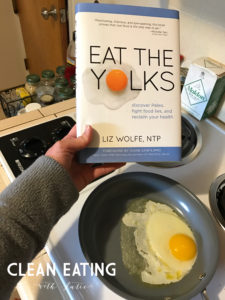 wrote the forward to the book Eat the Yolks
wrote the forward to the book Eat the Yolks. I was still a bit of a newbie in the Paleo/ Nutrition world, at least when it came to “celebrities”, so I hadn’t heard of the book yet, but I added it to my ever growing “to read” list on Goodreads. At some point, I was able to find enough time to read Eat the Yolks by Liz Wolfe, and boy was I glad that I did!
First, Liz is funny! No seriously funny! She has a section titled, “Let’s talk about fat, baby!”. I mean talk about a girl after my own heart. How wouldn’t I love a book with references to 90’s R&B culture!?!? Liz does an amazing job of breaking down the complicated science of nutrition into easy to understand chunks and incorporating humor into it all the while.
She goes over the three macronutrients in DETAIL, dedicating a chapter to each. In the chapter on fat (and therefore cholesterol), she states, “This is me beating a dead horse: Lower cholesterol doesn’t prevent heart disease, because cholesterol doesn’t cause heart disease (Wolfe, 2013, p. 59)”. Wolfe debunks the myth that animal proteins are bad for us in the chapter on protein. She refutes The China Study, that is often used to argue against the consumption of animal foods.
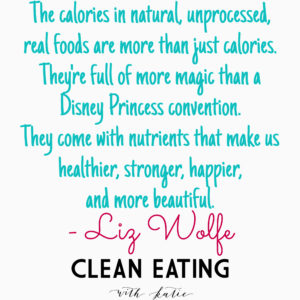 Then, Wolfe details important nutrients that we can only get from animals. If you’re a vegan, she gets it. I get it. But the science of why we need animals in our diets for optimal nutrition is clear. She goes on to illustrate many of the lies of the nutrition industrial complex. Wolfe teaches that Vitamin A can only be obtained from animals. I know, you’re thinking, wait what?? Hello, um, carrots?? The thing is that plants contain beta-carotene, which is a precursor to vitamin A. As Wolfe explains, “…it can, in some circumstances, through a series of chemical conversions within the human body, be converted into true vitamin A (Wolfe, 2013, p.202)”. There are many more mind-blowing gems like this one throughout this book.
Then, Wolfe details important nutrients that we can only get from animals. If you’re a vegan, she gets it. I get it. But the science of why we need animals in our diets for optimal nutrition is clear. She goes on to illustrate many of the lies of the nutrition industrial complex. Wolfe teaches that Vitamin A can only be obtained from animals. I know, you’re thinking, wait what?? Hello, um, carrots?? The thing is that plants contain beta-carotene, which is a precursor to vitamin A. As Wolfe explains, “…it can, in some circumstances, through a series of chemical conversions within the human body, be converted into true vitamin A (Wolfe, 2013, p.202)”. There are many more mind-blowing gems like this one throughout this book.
Needless to say, I HIGHLY recommend this book. It’s actually one of the the few books that I recommend to nearly all my private nutrition clients. It’s just THA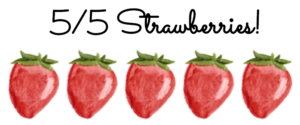 T GOOD. Oh and it’s on Audible. 😉
T GOOD. Oh and it’s on Audible. 😉
Want to see what else I’m reading and loving (or not loving)?? Let’s connect on Goodreads!
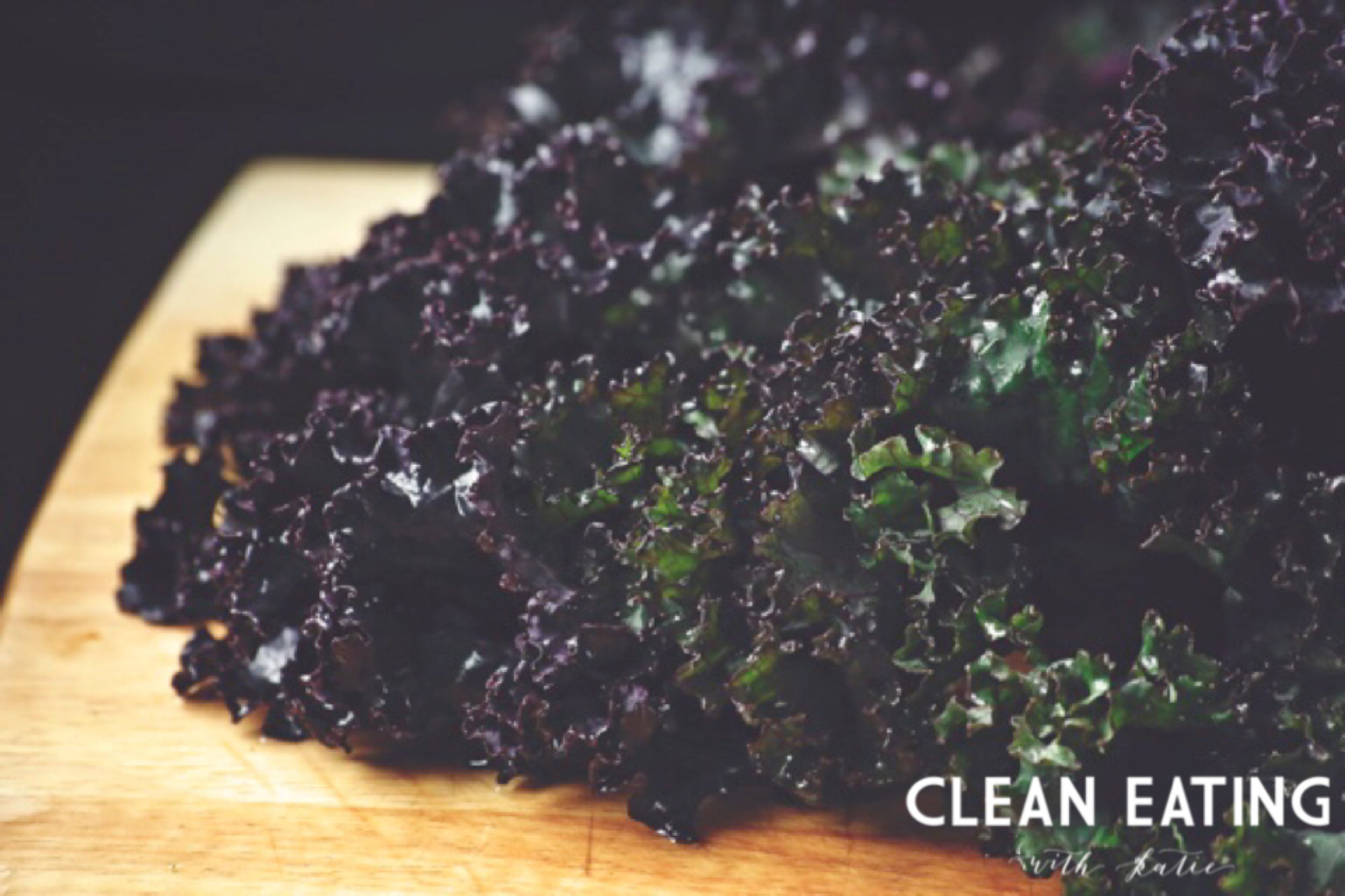

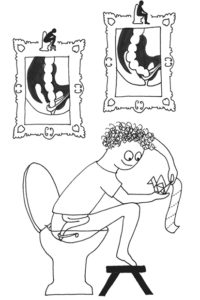 y PhD program, Enders infuses humor throughout her book and her sister creates simple and enlightening illustrations like this one of how to properly use the toilet to go poop (Ender, 2015, p.19).
y PhD program, Enders infuses humor throughout her book and her sister creates simple and enlightening illustrations like this one of how to properly use the toilet to go poop (Ender, 2015, p.19).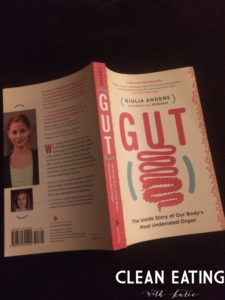
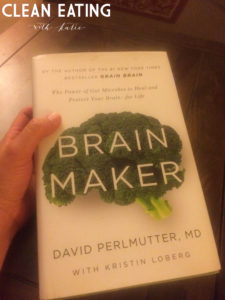 e, Dr. Perlmutter goes even further to discuss the links between an unhealthy gut and Autism, ADHD, allergies skin issues, elevated blood pressure, anxiety, depression, chronic fatigue, inflammation, and many, many, more.
e, Dr. Perlmutter goes even further to discuss the links between an unhealthy gut and Autism, ADHD, allergies skin issues, elevated blood pressure, anxiety, depression, chronic fatigue, inflammation, and many, many, more.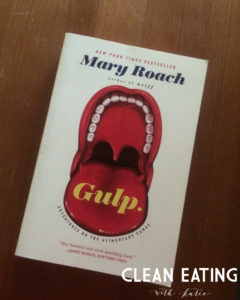 ing efforts. Roach states “Rarely does medical science come up with a treatment so effective, inexpensive, and free of side effects” (Roach, 2013, p.321). The main side effect is probably the “ick factor”. 😉 I finished the book thinking that this might possibly the way of the future.
ing efforts. Roach states “Rarely does medical science come up with a treatment so effective, inexpensive, and free of side effects” (Roach, 2013, p.321). The main side effect is probably the “ick factor”. 😉 I finished the book thinking that this might possibly the way of the future.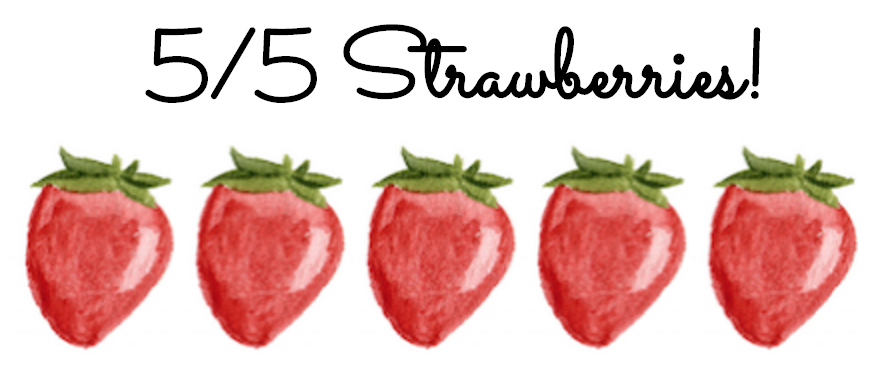 er tells readers what they can do to help keep cancer at bay, keep it from coming back, or to surpass a not-so-optimistic prognosis.
er tells readers what they can do to help keep cancer at bay, keep it from coming back, or to surpass a not-so-optimistic prognosis.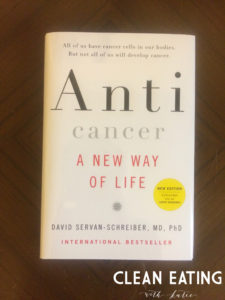 t’s how tumors are born. But our bodies are also equipped with a number of mechanisms that detect and keep such cells in check.” This quote instills a bit a fear in me, knowing that cancer can be happening to all of us, all the time, BUT it also inspires hope because it empowers each of us to know that we have the power to make changes in our bodies and our futures.
t’s how tumors are born. But our bodies are also equipped with a number of mechanisms that detect and keep such cells in check.” This quote instills a bit a fear in me, knowing that cancer can be happening to all of us, all the time, BUT it also inspires hope because it empowers each of us to know that we have the power to make changes in our bodies and our futures.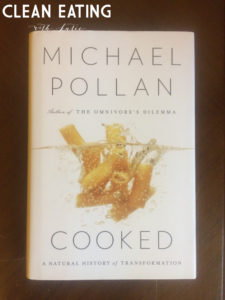
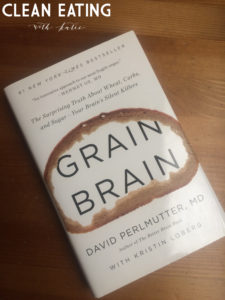

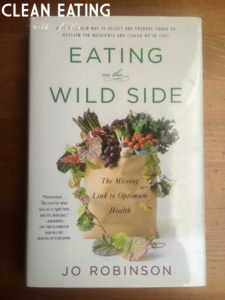 In Eating on the Wild Side, You’ll learn that sweet potatoes aren’t in the potato (nightshade) family but in the morning glory family, that drinking a glass of beet juice before a run will help you run longer (due to the naturally occurring nitrates), that the outer leaves on lettuces are the most healthy because they make the most chlorophyll, and that broccoli loses most of it’s phytonutrients within 24-hours of harvest – so grow your own or shop at the farmer’s market and look for it on ice.
In Eating on the Wild Side, You’ll learn that sweet potatoes aren’t in the potato (nightshade) family but in the morning glory family, that drinking a glass of beet juice before a run will help you run longer (due to the naturally occurring nitrates), that the outer leaves on lettuces are the most healthy because they make the most chlorophyll, and that broccoli loses most of it’s phytonutrients within 24-hours of harvest – so grow your own or shop at the farmer’s market and look for it on ice.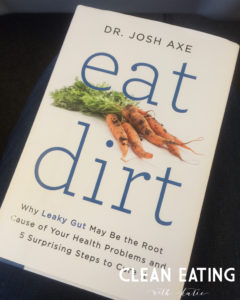 It
It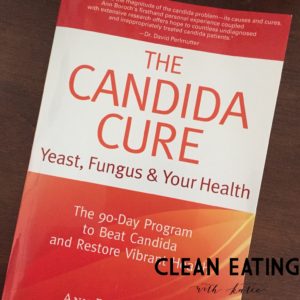 ve a candida overgrowth, I highly recommend checking out her book.
ve a candida overgrowth, I highly recommend checking out her book.